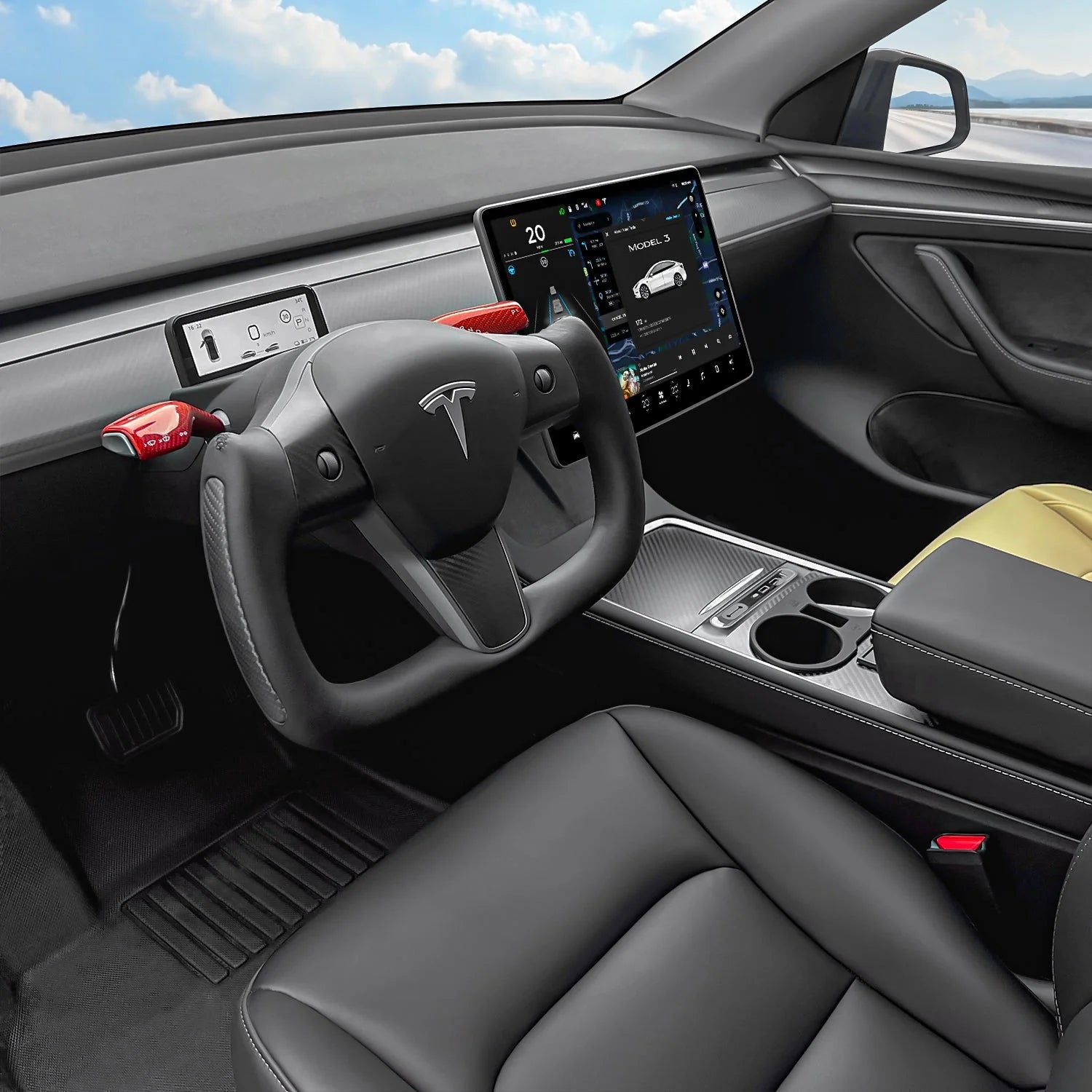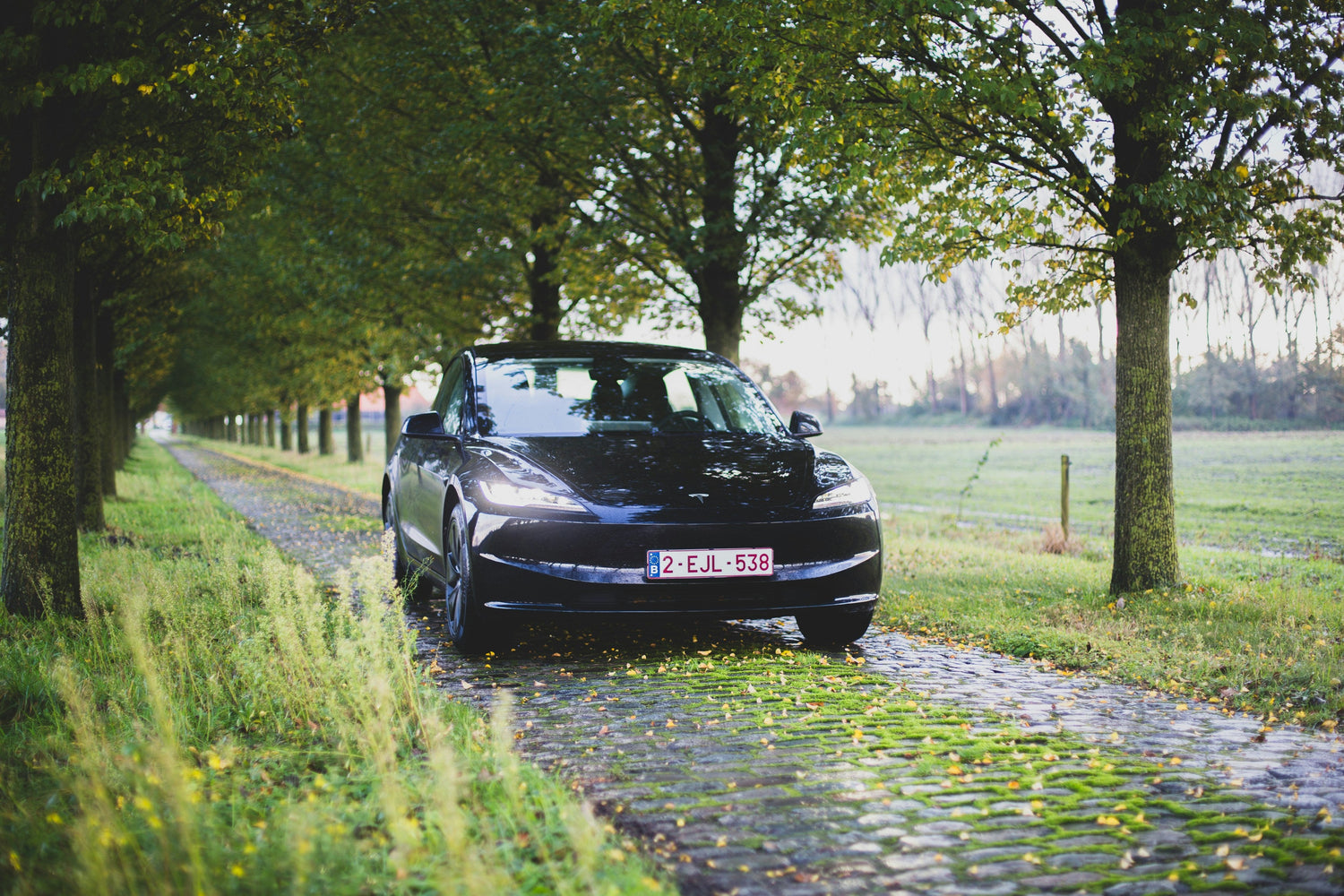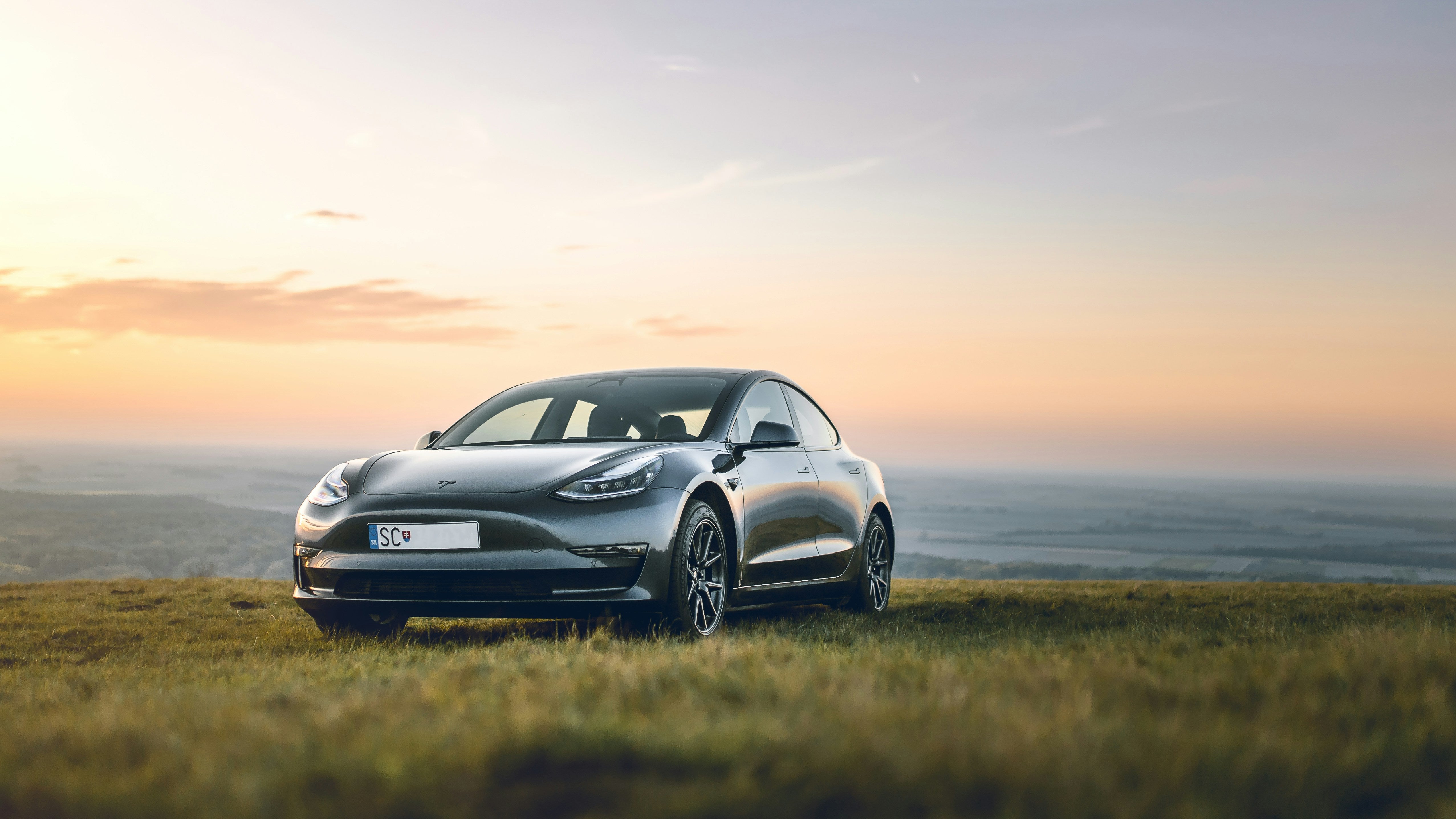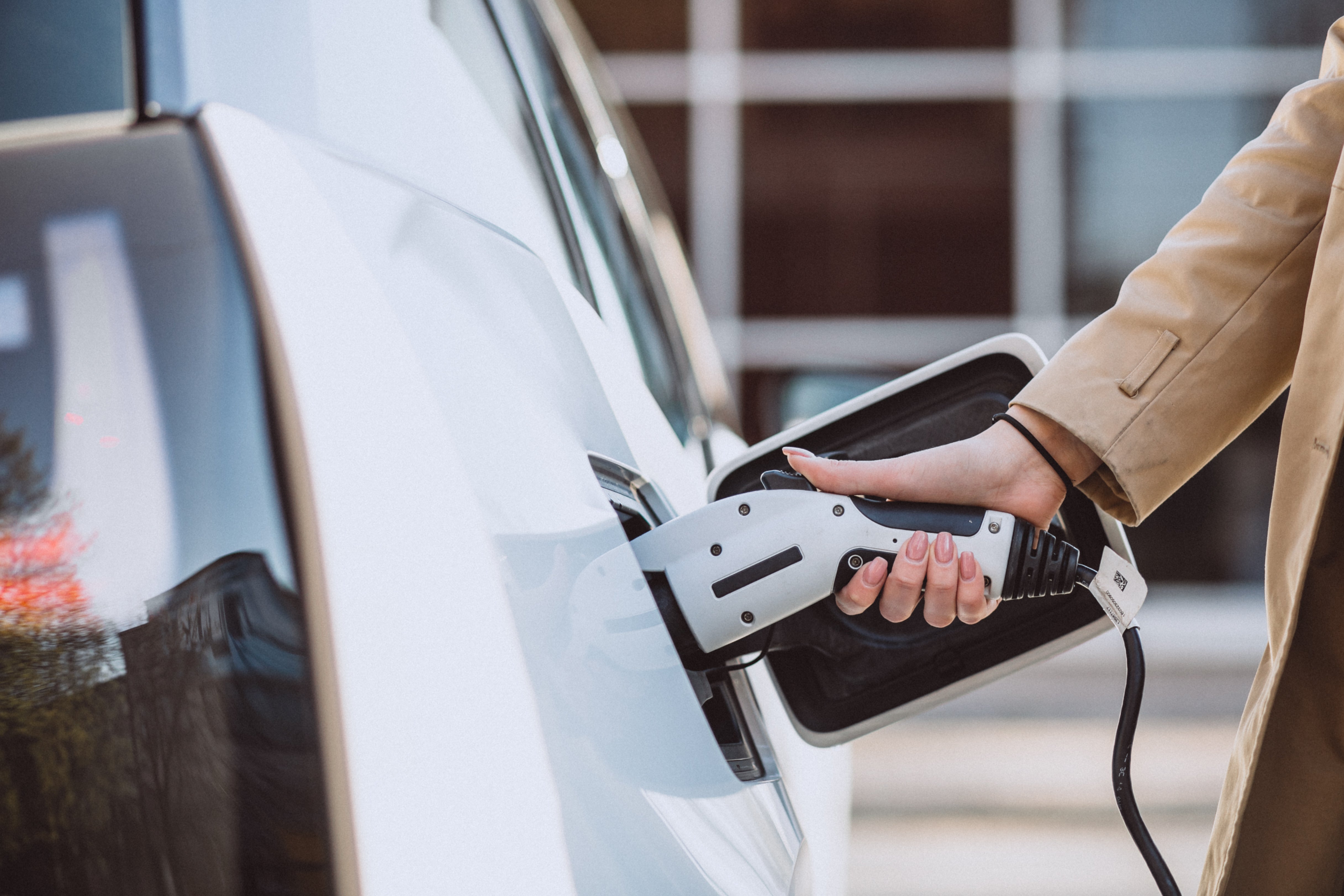Are you curious about the EV price range and how it’s changing? There are so many electric vehicles; it is apparently quite tricky to know which one fits your budget. The EV price range could bring a large difference between the luxury and economy models. But don't worry at all, since this article will give you ideas about various EV price ranges that will be able to fit your budget, from high-end luxury cars down to the more affordable ones.
We can walk you through the options, so you can choose based on your needs and budget.
So, let's get started.
The Luxury EV Market
The high-end EV market is rapidly developing, with top buyers purchasing for top performance, the latest technology, and fashionable design. These cars are available with exceptional features and a set of higher prices. Luxury EVs represent quality and status for those wanting the best from the electric vehicle market.
But are they worth the price? Let's find out.
Key Players in the Luxury Segment
The luxury EV market is dominated by huge names. The most recognizable is Tesla, which boasts excellent performance models such as the Model S and Model X. Other conventional luxury brands with popular EVs include Audi with its Audi e-tron and Porsche with the Taycan. Other new companies, such as Lucid Motors and Rivian, are gaining lots of attention in just one snap due to their innovative features and great range.
Features and Technologies in Luxury EVs
Luxury EVs combine cutting-edge technology, premium materials, and powerful performance. Their standout features include:
- Battery Power: Typically above 75 kWh, offering ranges of 400–500 miles. For example, the Lucid Air Grand Touring achieves 516 miles with its 112 kWh battery.
- Performance: Incredible horsepower—like the Lucid Air Sapphire's 1,234 hp—provides thrilling speed, reaching 0–60 mph in under two seconds.
- Air Suspension: Almost all luxury EVs, such as the Porsche Taycan, include adaptive air suspension for superior comfort.
- Sophisticated Interiors: Leather, wood, and cutting-edge infotainment systems enhance the driving experience.
- Pricing: Entry-level models start around €95,000, with high-end options exceeding €450,000.
These vehicles deliver eco-friendly sophistication without compromising power or prestige.
The Mid-Range EV Market
The mid-range EV market is really heating up and offers a great mix of good performance, decent range, and better pricing. Many people want an electric car that doesn’t cost as much as luxury models, and mid-range EVs provide that option.
Emerging Brands and Models
The mid-range EV market is bustling, with standout models like Tesla's Model Y and Model 3 leading global sales. These two combine excellent range, high performance, and cutting-edge features at prices that appeal to a broad audience. Alongside Tesla, brands like Volkswagen, Hyundai, Kia, and Peugeot are making waves with models such as the ID.4 and Ioniq 5, offering advanced tech and style at competitive prices. This category is perfect for buyers seeking value without compromising quality or innovation.
- The Volkswagen ID.4, starting at around €40,000, rivals the Tesla Model Y with a focus on comfort over sportiness, while Tesla leads with faster performance and advanced tech.
- The Hyundai Ioniq 5 impresses with its 800V architecture, enabling ultra-fast charging from 10% to 80% in just 18 minutes, while offering up to 481 km of range with its larger 72.6 kWh battery.
- The Peugeot e-5008 offers a range of up to 480+ KM with 97 kWh, starting at €55,000 .
These cars are among the best options for those looking for a reliable electric vehicle at an affordable price.
Price Comparison with Luxury EV Price Range
Mid-range EVs are considered "mid-range" not just because they are more affordable than high-end models, but because they strike a balance between performance, technology, and price. While luxury EVs like the Tesla Model S or Lucid Air offer top-tier features and performance, mid-range options like the Volkswagen ID.4 and Tesla Model Y offer similar technology, range, and comfort but at a significantly lower cost. This makes them accessible to a wider range of consumers, as they provide strong value without the premium price tag.
The Economy EV Market
The economy EV market is growing rapidly, particularly among families seeking a second car primarily for in-city driving. These affordable electric vehicles are ideal for short daily commutes and local trips, offering a practical, budget-friendly option for urban mobility. With lower prices, government incentives, and advances in battery technology, electric cars are now more accessible than ever. Models like the Dacia Spring and various offerings from BYD cater to this segment, providing compact, economical solutions for city driving, typically priced between €20,000 and €30,000.
Affordable EV Options
The economy EVs are innumerable in Europe and in China. Cars such as the Dacia Spring, along with the ones from BYD to Chery, for the most part, are priced between £20,000 to £30,000 in a range, putting them within reach to an even larger range of buyers. Most of these cars are smaller, with city driving and everyday commutes in mind. However, with falling battery prices and improvements in technology, we can expect even lower prices in the near future.
Challenges Facing the Economy EV Segment
The main challenge facing economy EVs is their higher purchase price compared to traditional ICE vehicles, though they offer lower maintenance costs over time. Most economy EVs have smaller batteries, providing a range of 200 to 300 km per charge, which is enough for daily city driving but less suited for long trips. Despite these challenges, the market for affordable EVs is growing as production scales and prices continue to drop, making them an increasingly attractive option for urban commuters.
The Future of EV Price range
The future of EV price ranges is promising, with constantly decreasing prices. As more and more companies produce electric vehicles, they'll cut down the cost of production, making more feasible options for consumers.
One of the biggest factors in the EV price range is the cost of batteries. As research into batteries progresses and manufacturing processes become more affordable, we can foresee less expensive pricing for EVs without necessarily sacrificing performance. Government incentives will also go a long way towards making EVs more affordable, particularly in strongly environmentally oriented regions.
With better charging networks and advances in battery recycling, owning an EV will become easier and cheaper. While this is happening, entry-level electric cars at affordable prices will be in greater supply, which essentially means their affordability will increase to more people.
Sometime in the future, the choices available for EVs will be lower prices, thus giving options to several people.




